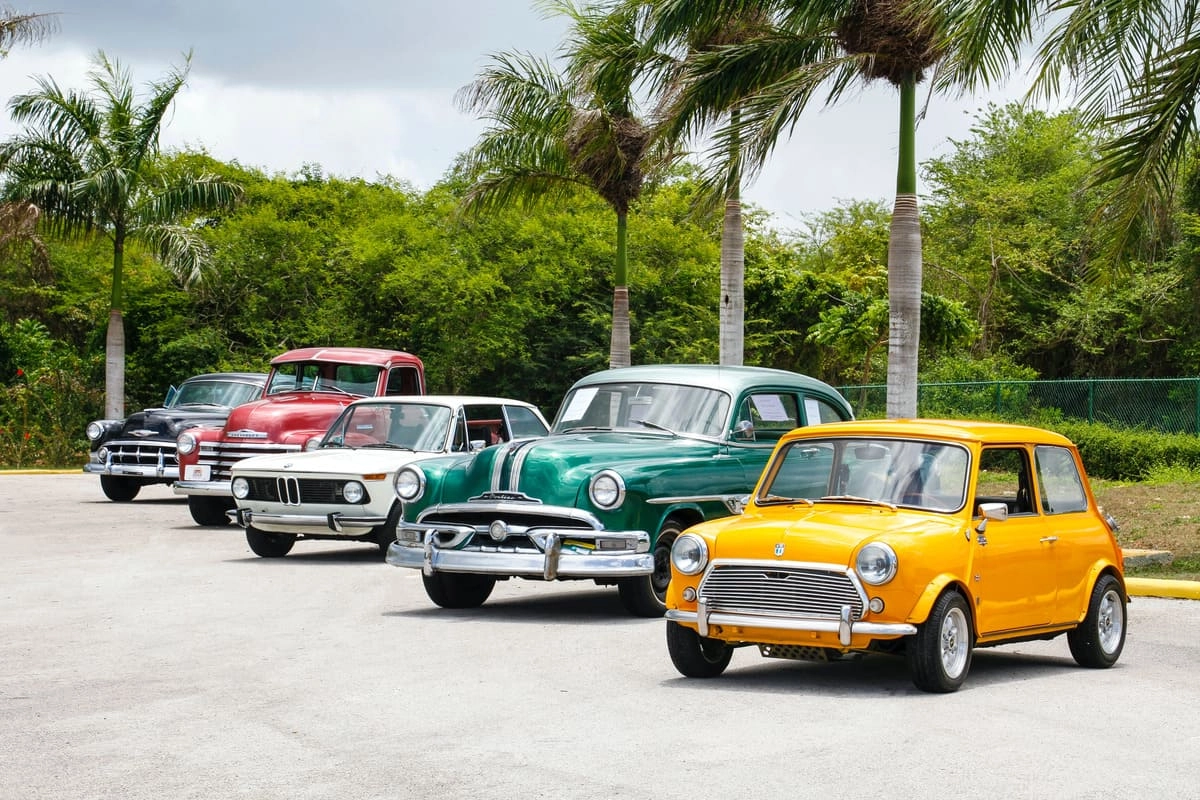Why classic car paint is essential for older motors
Car touch-up paints are not all the same. Quality varies between different manufacturers; chemical composition varies too. This last point is important if you have a classic car - the fact is that modern car paints are not suitable for fixing bodywork on older cars. The good news is that we supply car touch-up paint for older cars and newer and we make sure we dispatch the type you need, even if you’re not sure.
Go ahead and order your classic car paint now or read on to see what the differences are - and get some tips.

What is classic car paint?
Until the 1990s, car manufacturers used cellulose paint, which was a petrol-based paint. Modern car paint has a different composition, being acrylic-polyurethane based.
The most obvious difference to the naked eye is that modern paints are richer in colour and have more of a gloss shine. This means that you can’t use modern car touch-up paint to repair a scratch or stone chip on an older car - the colour and finish simply won’t match.
The ‘new classic’ car paint
Hardly anyone makes cellulose car paint any more. However, technology has been able to bridge the gap with a nitro-acrylic base that makes colour match car paint for classic cars possible:
- High pigment concentration
- 100,000+ pastel, metalised, pearlescent and xyrallic colours
- Lower gloss than modern paint
- Thicker consistency that helps hide DIY imperfections
- Superb, accurate colour-matching
- Excellent brightness and elasticity
- Long-lasting effect over time
It’s suitable for vintage cars, motorcycles and other vehicles like tractors. It’s also suitable for household items requiring a retro colour fix.
Tips for using nitro-acrylic car paint
- It’s available as a precision car touch up pen, bottle with brush, and car paint aerosol - choose the best for your particular job.
- Classic car touch up paint in pens and bottles must be used over 15℃. The ideal temperature for spray painting is between 18℃ and 25℃.
- Majority of older cars are a solid colour so you won’t need to apply lacquer unless you want to add another layer of protection.
- If your classic car is a metallic, it won’t have as vivid a sparkle as a modern metallic. This is usual. You must apply a gloss lacquer for the final finish.
- Classic car paint is a little thicker than normal, so be especially careful not to apply too much - thin layers.
Ready to order?
Our car touch up paint is precision-measured and mixed to the highest specification. It’s bodyshop quality, durable and easy-to-use to achieve a good result. We also supply it in larger 500ml/1 litre quantities to trade customers.
If you’re not sure whether to order classic car paint or the modern type, don’t worry - we’ll double check at our end that it’s the right paint for the era of your car.



